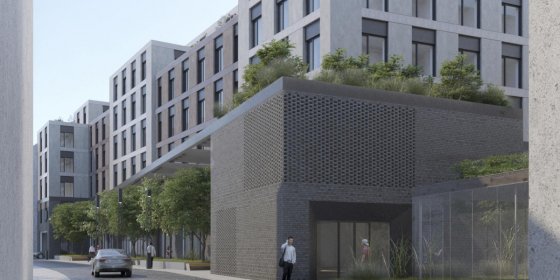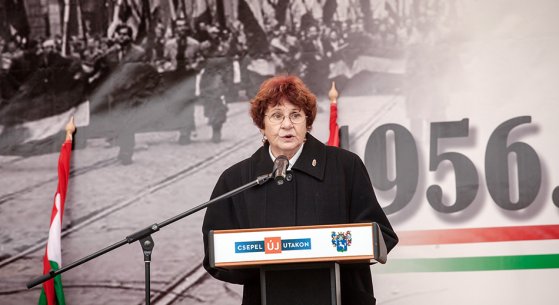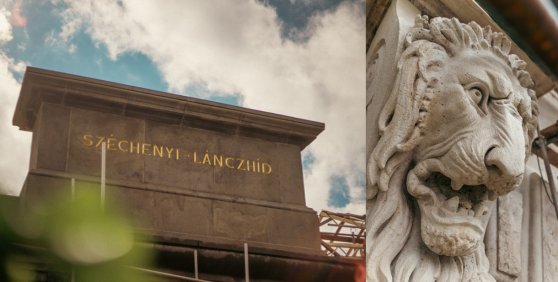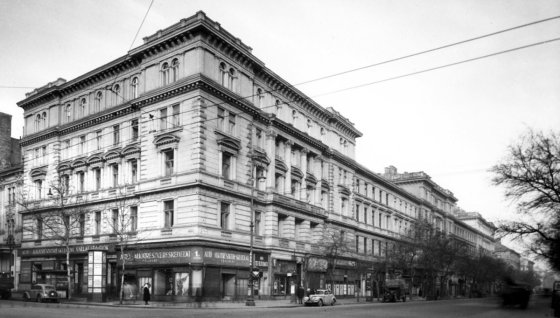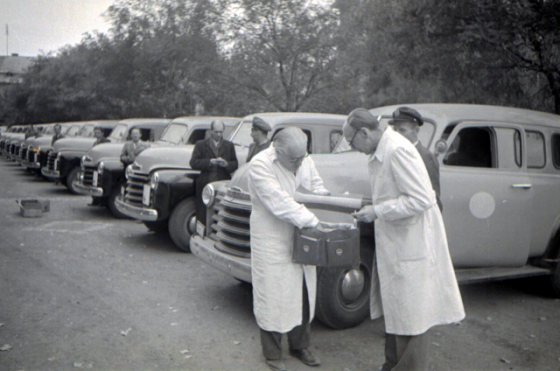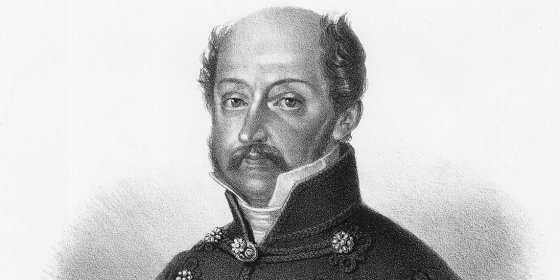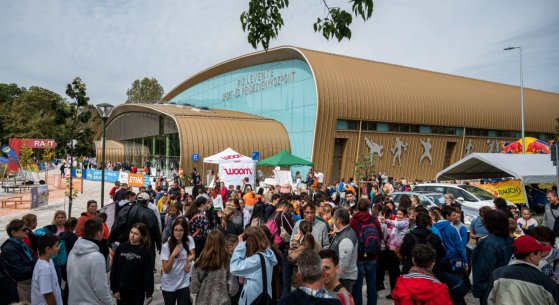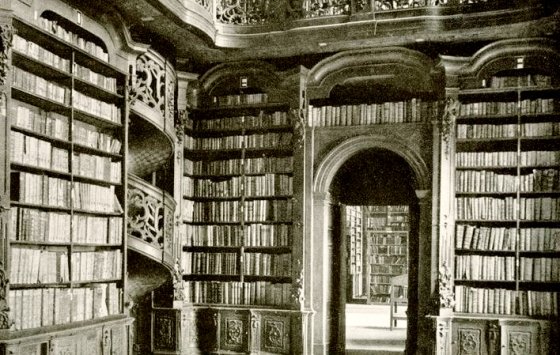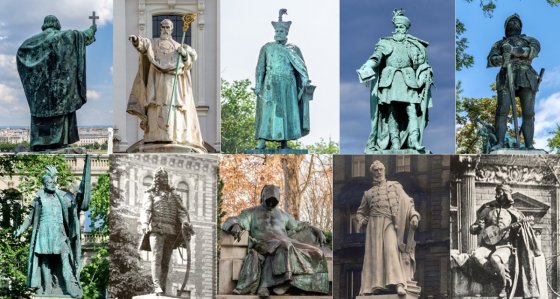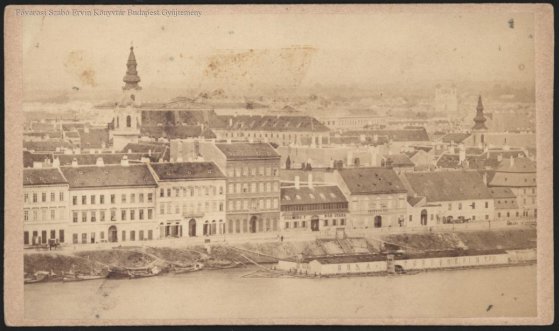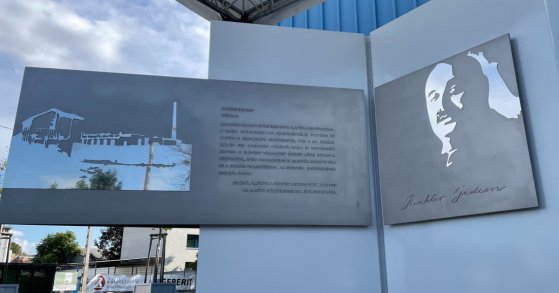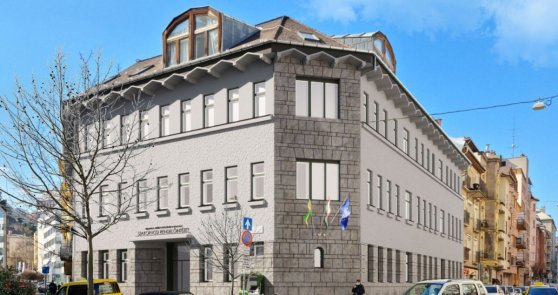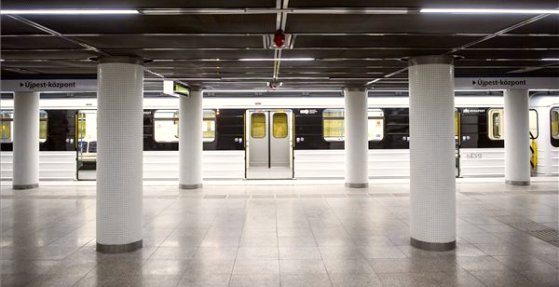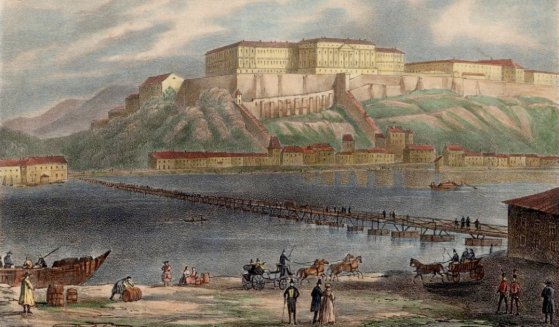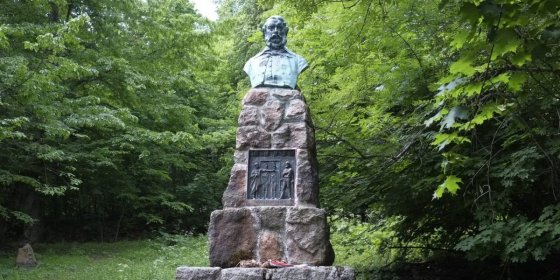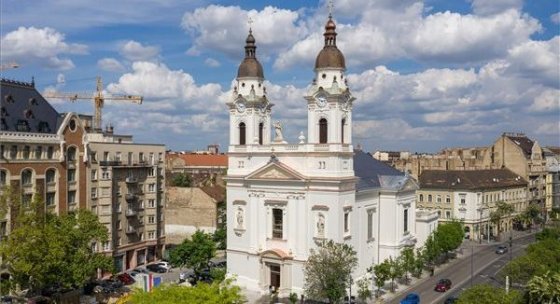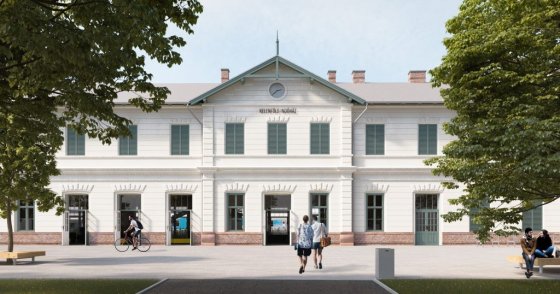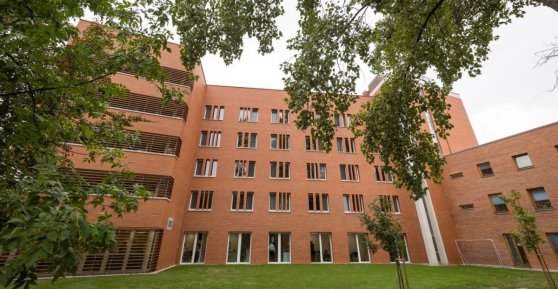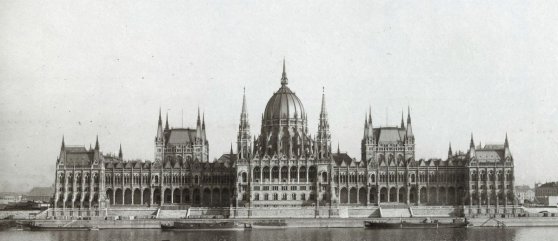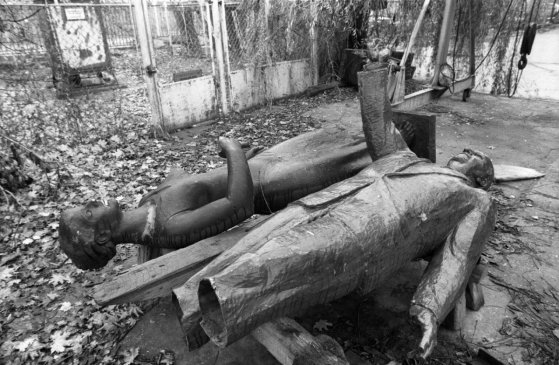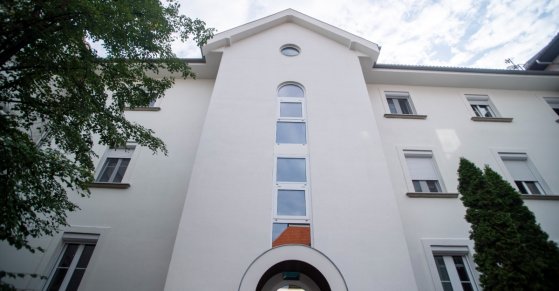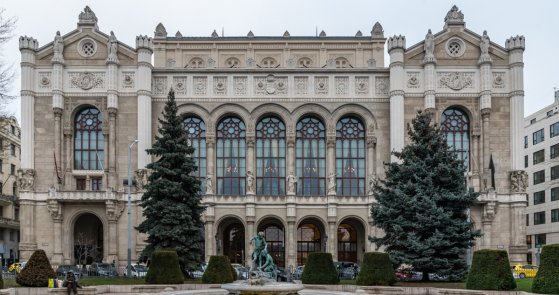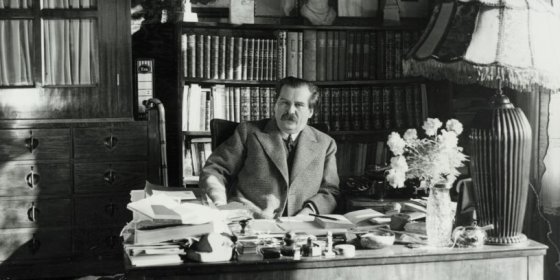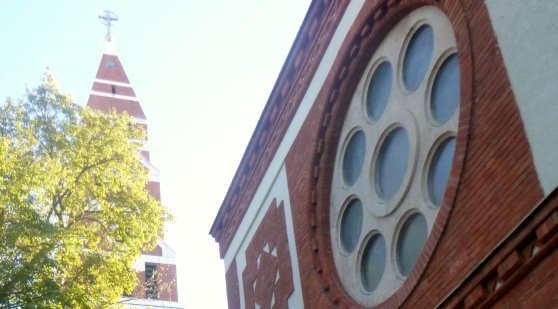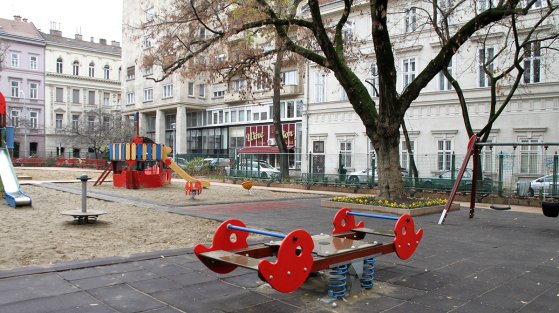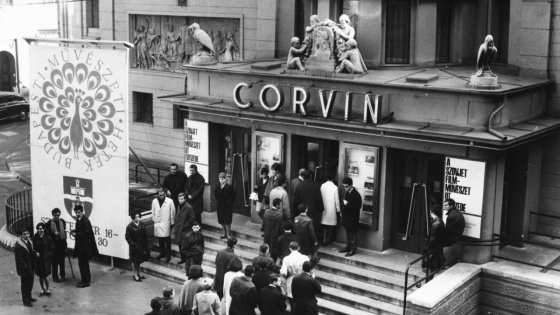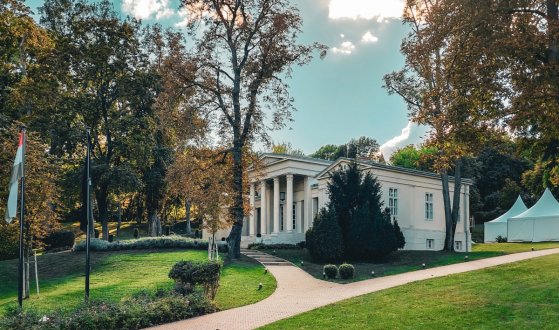 The „intertwined history” of the bridges and the city of Budapest
Which ideas and events have shaped the fate of bridges of Budapest and the cityscape? Alongside many other interesting facts, this question is also answered this newly published book by the Budapest City Archives, which introduces the history of bridges in Budapest.
The „intertwined history” of the bridges and the city of Budapest
Which ideas and events have shaped the fate of bridges of Budapest and the cityscape? Alongside many other interesting facts, this question is also answered this newly published book by the Budapest City Archives, which introduces the history of bridges in Budapest.
pestbuda.hu
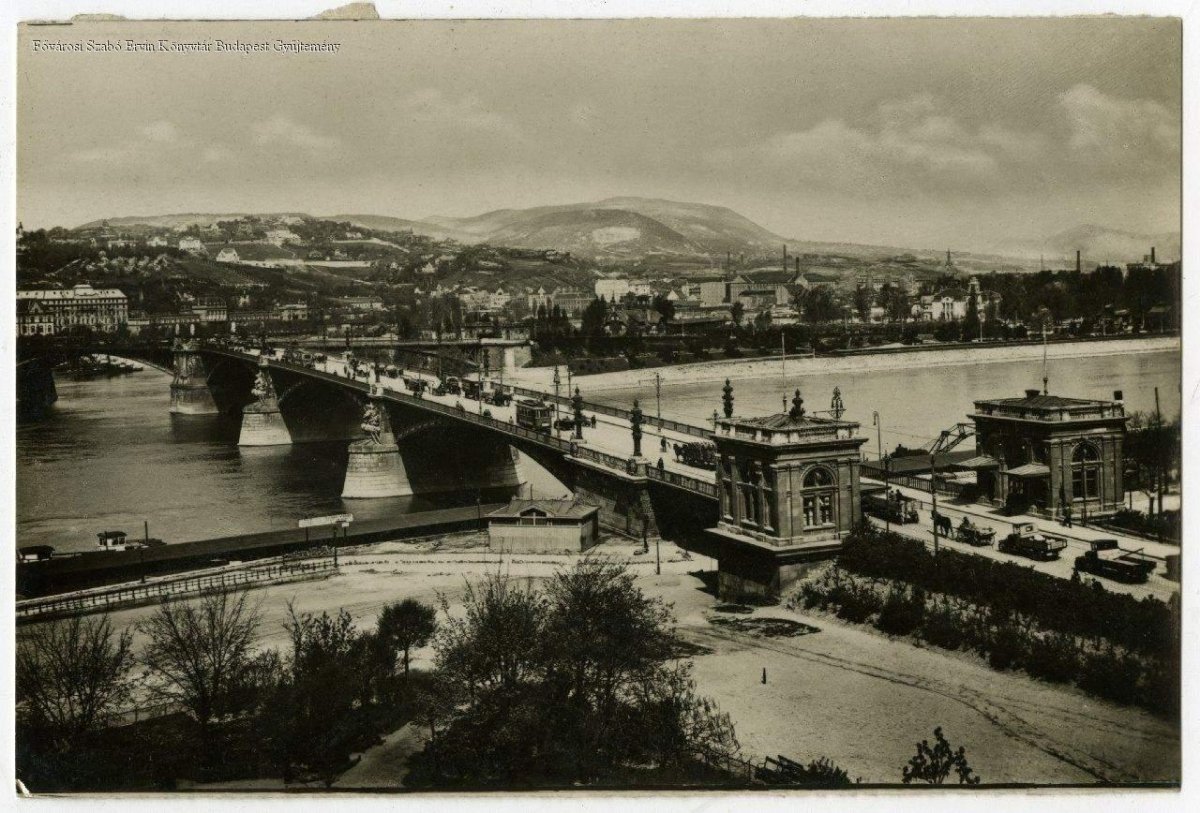 It was handed over 85 years ago, but the widened Margit Bridge exploded 7 years later
It was handed over 85 years ago, but the widened Margit Bridge exploded 7 years later
October 1, 2022 at 11:30 AM
Margit Bridge was completed as a real luxury investment in the 1870s, under the direction of a French engineer. But traffic at Budapest's second Danube crossing remained very low until the end of the century. However, at the beginning of the 1930s, it already proved to be narrow, so it was decided to rebuild and widen it. The inauguration was held 85 years ago, on 1 October 1937.
It was once a steam bath, now a hotel is being built on Kazinczy Street
September 30, 2022 at 10:00 AM
At 40-48 Kazinczy Street in the 7th District, the area on which a 270-room hotel with a two-story underground garage can now be built was created by combining five lots. As part of the works, a section of the street will also be renovated, and the buildings currently standing on the lots will be demolished, so it is expected that the former steel-and-glass block of the Hungarian Dance Academy and the historicising house at 48, known first as a meat factory and then as a nightclub, will also be torn down.
A park will be named after Mária Wittner in Csepel
September 30, 2022 at 9:00 AM
The renewed park on the site of the former Görgey school in Csepel will be named after the revolutionist, Mária Wittner, who was sentenced to death in 1956, and an honorary citizen of the 21st District.
The ongoing renovation of the Chain Bridge - The inscription has already been engraved, the lion statues will arrive in autumn
September 29, 2022 at 6:00 PM
The inscription Széchenyi-Lánczhíd, which was missing from the pedestals of the lion statues on the Pest side for 77 years, has already been engraved, the Hungarian coat of arms with the Holy Crown on both sides of the Pest gate and the lion heads above the gate arch have been restored, and the final touches are being made on the stone surfaces of the Pest pylon. The lion statues sent for restoration will return in autumn, and the bridge track is scheduled to be reopened to traffic in December this year.
Even the economic crisis could not stop construction – The first Neo-Renaissance houses on Andrássy Avenue
September 29, 2022 at 11:00 AM
Similar to the last few crisis-filled years, there were also economic difficulties in the past centuries, which also had an impact on the construction industry. Such was the crisis of 1873, which very sensitively affected the mega-investment of the era, the constructions along Andrássy Avenue. Fortunately, construction began here as early as 1872 - i.e., 150 years ago - and some residential houses were soon completed, setting a good example for further construction.
The first mandatory vaccination against tuberculosis was administered in Budapest 75 years ago - Morbus Hungaricus has still not disappeared
September 28, 2022 at 9:00 AM
Lung trouble, tubercular disease, morbus hungaricus - these are all the names of tuberculosis, which was an almost incurable and largely fatal disease for a long time. It is no coincidence that this disease was also known as morbus hungaricus, as it was very common in Hungary. Although it has not yet been completely defeated, there is a vaccine against it, which has been mandatory in Hungary for decades. It was introduced in Budapest at the end of September 1947, first in the 13th District.
The Pest audience adored his love poems - Sándor Kisfaludy was born 250 years ago
September 27, 2022 at 11:00 AM
Sándor Kisfaludy's first volume, Himfy szerelmei - A kesergő szerelem [Himfy's Loves - The Bitter Love], published in Buda in 1801, was a worthy opening of 19th-century Hungarian literature. Kisfaludy, who described his passionate love life in lyrical form, became an influential scientist and writer at a young age and was elected a member of the Hungarian Society of Scientists and the Kisfaludy Society. With his support, his brother Károly Kisfaludy published his famous yearbook, Aurora, which promoted Hungarian literature. Sándor Kisfaludy was born 250 years ago today.
The Levente Riz Sports and Events Centre has opened in Rákosmente
September 26, 2022 at 7:30 PM
Built next to the Néppark in the 17th District, the 6,000-square-metre, two-story sports and event centre provides opportunities to play sports, attend cultural events, and meet. The community space was named after the late head of the district, Mayor Levente Riz.
The National Széchényi Library was founded 220 years ago
September 26, 2022 at 3:30 PM
After the foundation of the National Library 220 years ago, the donation of Count Ferenc Széchényi wandered for more than forty years, until it moved to its permanent place, the Hungarian National Museum. Later, the collection had to go from here as well, now Pestbuda will present the different locations in Pest.
The gift of the King: the legend of the ten statues
September 25, 2022 at 3:30 PM
It has been 125 years since Franz Joseph gave ten statues to Budapest on 25 September 1897. Most of the statues are still elegant decorations of the city to this day, and Pestbuda reported about them several times. However, we have now looked into what could have prompted Franz Joseph to give a gift.
The last major cholera epidemic
September 23, 2022 at 11:00 AM
The last major cholera epidemic broke out 150 years ago and reached Pest and Buda in the fall of 1872. They tried many things to fight it, but still, thousands of people died from the disease. With the end of the epidemic, significant health improvements began in the capital.
A street was named after Gedeon Richter, born 150 years ago, in Kőbánya
September 23, 2022 at 9:00 AM
A public area was named after Gedeon Richter, the well-known Hungarian pharmacist and factory founder, who was born 150 years ago today. A section of Vaspálya Street in the 10th District between Kőér Street and Noszlopy Street bears his name. A memorial was also placed at the beginning of the street.
Kapás Street clinic in the 2nd District is being renovated
September 22, 2022 at 6:00 PM
The renovation of the specialist clinic in Kapás Street has begun. The reception area on the ground floor under renovation, the patient management system is being modernised, and medical equipment is also being purchased.
The entire section of metro line M3 will be handed over next spring
September 22, 2022 at 4:00 PM
The reconstruction of the M3 is expected to be completed in May 2023, according to BKV. Ferenciek Square and Deák Ferenc Square stations will open to passengers in January, Arany János Street and Nyugati (Western) Railway Station stops will be handed over in March, and Nagyvárad Square and Lehel Square stations will open to passengers in May.
The city's development was helped by the pontoon bridge built 255 years ago between Pest and Buda
September 22, 2022 at 1:00 PM
For nearly 100 years, a pontoon bridge built 255 years ago provided a way for traffic between Pest and Buda. But the pontoon bridge, used since 1767, was moved twenty years later because a new city quarter was planned to be built north of the Pest city walls. The bridge served traffic in its new location until the opening of the Chain Bridge, i.e. until the end of 1849.
Lajos Kossuth's first public statue in Budapest - Special creation in the Zugliget Forest
September 21, 2022 at 11:00 AM
Few people know that at the end of Mátyás Király Road in Zugliget, in the forest, there is a special, 110-year-old statue of Kossuth on a huge pedestal. On the 220th anniversary of the former reformist politician's birth, Pestbuda will show the exact circumstances under which the work of art ended up in the Zugliget Forest, and also examine whether this was really the first public Kossuth Statue in Budapest.
Interior of the St. Joseph Parish Church has been renovated
September 20, 2022 at 6:00 PM
The renovation of the St. Joseph Parish Church in the 8th District, Horváth Mihály Square, has been completed. After the renovation of the facade, the reconstruction of the interior of the church was also completed this year.
Postponed constructions in the capital
September 20, 2022 at 4:00 PM
The government decided to postpone and reschedule a total of 284 planned state investments, according to a list published a few days ago. The measure also affects construction projects in Budapest: the conversion of the Kelenföld railway station building or the development of the ELTE Trefort Garden campus will be postponed, among other things.
The new building of the Luther Home in the 11th District was inaugurated
September 19, 2022 at 6:30 PM
The new building of the Luther Home - Evangelical Student Home opened its doors in the 11th District, on the site of the headquarters of the Ecumenical Council of Churches in Hungary. The modern, 21st-century higher education college was built in Lágymányos, next to the universities.
Imre Steindl, who died 120 years ago, could not see the handover of the Parliament
September 19, 2022 at 12:30 PM
Imre Steindl's name has merged with his main work, the Budapest Parliament. Thanks to one of the largest parliament buildings in the world, the master is included in the universal history of art, which can only be said of a few Hungarian architects. However, he had to work a lot to get to this point, fortunately, the main stages of his work can still be seen today, and they largely adorn the capital. Below, Pestbuda presents his lesser-known buildings in Budapest, thus remembering the architect on the 120th anniversary of his death.
Monuments of the socialist era were dismantled 30 years ago
September 16, 2022 at 2:30 PM
Thirty years ago, the removal of statues associated with the previous regime from Budapest's public spaces began. The monuments erected during the socialist era, including the statues of Marx and Engels, Lenin, and Béla Kun, were transported to the sculpture park created in the 22nd District, where they can still be seen in an open-air exhibition ever since.
Renovated building wing of Mazsihisz Charity Hospital handed over
September 15, 2022 at 6:00 PM
The Reichmann Wing of the Charity Hospital, maintained by the Federation of Hungarian Jewish Communities, has been renovated. The new, central laboratory is now located in a separate building, and the institution was expanded with a new institute pharmacy and other service units.
An exhibition about 150 years of Hungarian monument protection has opened
September 15, 2022 at 4:00 PM
Monument protection in Hungary is 150 years old this year. The rich history of the past century and a half is presented on more than six hundred square metres at the exhibition that has just opened in Vigadó, Pest. Visitors can get to know the different types of monuments, the award-winning restorations of the past years, and the history of monument protection can be traced along a timeline.
The Pest homes of Zsigmond Móricz, who died 80 years ago
September 15, 2022 at 9:00 AM
Not only Dezső Kosztolányi (Üllői úti fák [Trees of The Üllői Road]) but also Zsigmond Móricz could come to our mind when we think of Üllői Road. One of the most famous authors of 20th-century Hungarian realist prose literature lived for twenty years in his home on Üllői Road, where such defining works as Tragédia [Tragedy] and Légy jó mindhalálig [Be Faithful Unto Death] were written. After the suicide of his first wife, the writer moved to an apartment building on Fővám Square with his daughters and then lived for a short time in an apartment in a pre-modern style house on Bartók Béla Road. Zsigmond Móricz, whose name is preserved by public works, public institutions, literary scholarships and numerous public spaces, died eighty years ago.
The predecessor of Open-Air Stage: The Park cinema opened a 100 years ago in Városmajor
September 14, 2022 at 5:00 PM
Over the past hundred years, a lot has changed in Városmajor, but culture and guaranteed entertainment have always been present and can still be found in the capital's first public park. The predecessor of the Városmajor Open-Air Stage, the open-air Park cinema, opened here more than a hundred years ago, but the fate of the park was also very interesting after that. In 1935, the well-known stage was built, which, along with its surroundings, has undergone continuous transformations over the past century, including recent times.
The St. Michael's Church in Angyalföld was renovated
September 14, 2022 at 2:00 PM
The exterior renovation of the St. Michael's Church on Babér Street in the 13th District has been completed. The Neo-Romanesque church, built of reddish brick and white stone, was built in 1930 according to the plans of Ernő Foerk.
A smart kindergarten is being built in the 13th District
September 13, 2022 at 8:00 PM
Hungary's first smart kindergarten will be built without demolishing the old building. During the reconstruction and expansion of the 13th District panel building, aspects of sustainability and digital development are also taken into account.
The renovation of Hild Square will begin in September
September 12, 2022 at 5:00 PM
The Hild Square playground in the 5th District will be completely renovated, as well as the public areas connected to the square and a small section of Mérleg Street. An accessible washroom will be built on the square, and a drinking fountain, a humidifier, a ping-pong table, new benches and bike racks will also be installed.
The wide-screen cinema in Pest is 65 years old: Corvin presented a Soviet film
September 12, 2022 at 2:00 PM
Today, it is natural that the screen in the cinema is huge, it can be up to 24 metres wide and 18 metres high, and you can watch movies with surround sound or in 3D. In the 1950s, however, it was different in Hungary, the screens in the cinema were only a few metres wide. The first wide-screen cinema was Corvin, damaged during the revolution and rebuilt in 1957.
The first gems of the Hegyvidék - József Hild's villas in Buda
September 11, 2022 at 10:30 AM
More and more people moved from Pest, which began to grow in the first half of the 19th century, to the mountains of Buda, because instead of traffic and crowding, calmness and fresh air awaited them there. The larger plots also made it possible to build free-standing villas with gardens, many of which were designed by the most employed architect of the period, József Hild.
More articles
 The „intertwined history” of the bridges and the city of Budapest
Which ideas and events have shaped the fate of bridges of Budapest and the cityscape? Alongside many other interesting facts, this question is also answered this newly published book by the Budapest City Archives, which introduces the history of bridges in Budapest.
The „intertwined history” of the bridges and the city of Budapest
Which ideas and events have shaped the fate of bridges of Budapest and the cityscape? Alongside many other interesting facts, this question is also answered this newly published book by the Budapest City Archives, which introduces the history of bridges in Budapest.
 The Bridge Report, which brought a turning point in the history of Budapest
A travel report that changed the history of Pest and Buda, as well as Hungary. The little book contributed to the change of half a thousand years of legal customs and the implementation of an investment of unprecedented size and technical quality. This book was The Bridge Report [Hídjelentés in Hungarian].
The Bridge Report, which brought a turning point in the history of Budapest
A travel report that changed the history of Pest and Buda, as well as Hungary. The little book contributed to the change of half a thousand years of legal customs and the implementation of an investment of unprecedented size and technical quality. This book was The Bridge Report [Hídjelentés in Hungarian].
 Drama on the university wall - The heroic monument was planned 95 years ago
In the constant hustle and bustle of the Egyetem Square in Pest, the students may not even notice the monument that decorates the short section of wall between the church and the central building of ELTE. However, it commemorates their predecessors, the heroes who fought for their country in World War I, and those who heroically helped them. The first design of the dramatically collapsing soldier was born in 1928, ninety-five years ago.
Drama on the university wall - The heroic monument was planned 95 years ago
In the constant hustle and bustle of the Egyetem Square in Pest, the students may not even notice the monument that decorates the short section of wall between the church and the central building of ELTE. However, it commemorates their predecessors, the heroes who fought for their country in World War I, and those who heroically helped them. The first design of the dramatically collapsing soldier was born in 1928, ninety-five years ago.

